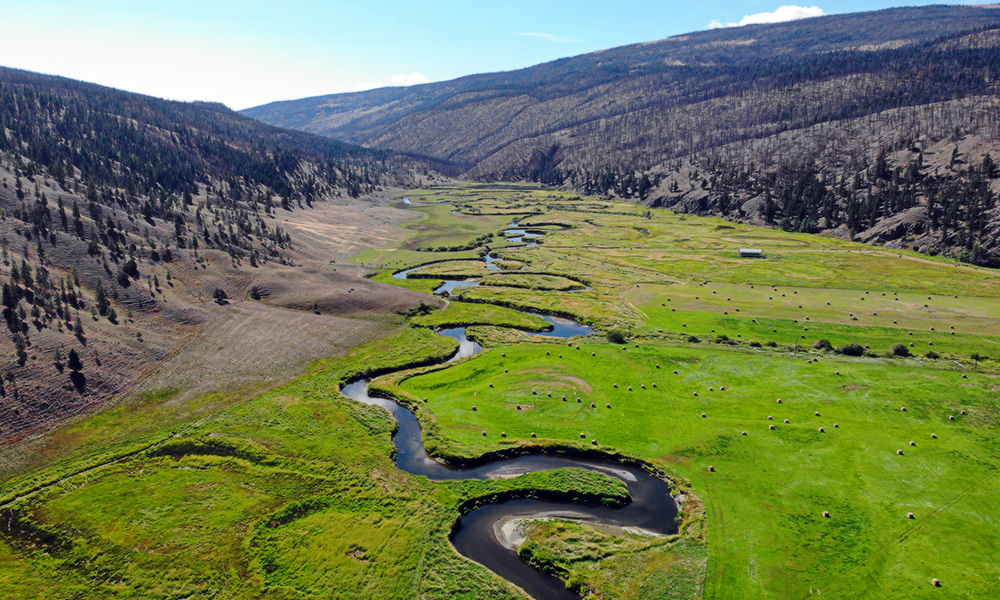It might sound counterintuitive, but wildfires can impact rivers.

That’s the finding of a university study that examined the long-term impact of a massive wildfire from six years ago.
The recently published article looked at the 2017 Elephant Hill fire in B.C.’s Southern Interior, how it burned 192,000 hectares and more than 100 homes, and how it impacted the Bonaparte River near Cache Creek.

“It takes a few years to gain a full picture of how a wildfire has impacted a river. It’s sort of like a fog of war slowly lifting,” said Alessandro Ielpi, an assistant professor and researcher at UBC Okanagan in Kelowna.
“The Bonaparte River’s watershed was significantly impacted by the Elephant Hill Fire — about half of the entire watershed was burned to some degree.”
The Bonaparte River, said Ielpi, has a watershed of around 4,000 square kilometres — tiny compared to massive rivers like the Fraser — but still notable enough.
“Watersheds such as the Bonaparte River represent a sweet spot between sizes large enough to host mature floodplains with farmlands and communities, and small enough to be significantly impacted by large wildfires,” Ielpi said.
“And even though wetlands and riverbanks may not have directly burned, barren soils from hillslopes started releasing higher amounts of sediment to the river once the stabilizing vegetation was gone.”

The research team surveyed the Bonaparte River in 2019, then again in 2021 and tracked the changes at three locations.
The study said the river has widened up to 130 per cent, with researchers estimating that the pace of erosion has increased by 230 per cent.
According to the university, people who live nearby or depend on the river also noticed a change in spawning beds, an increase of river silt immediately after the fire and that the water was supercharged with sediment.
“It generally isn’t until two or three years later that you really start to see what’s happening,” Ielpi said.
“And what we saw is that the channel expanded and widened in response to the addition of sediment from burned slopes. And it also accelerated its pace of erosion — the speed at which it erodes banks and moves across the floodplain has accelerated substantially.”

Ielpi said that the study can’t predict if every river near a wildfire will be impacted, but that the data is now being used to estimate potential sediment increases.
“We can’t say with certainty how long-lasting this change will be; rather, we expect — and hope — that it will recalibrate with time,” Ielpi said.
“But it’s still important for communities and planners to understand that in a five-year timeframe after a wildfire, rivers and floodplains continue to be affected.”





Comments